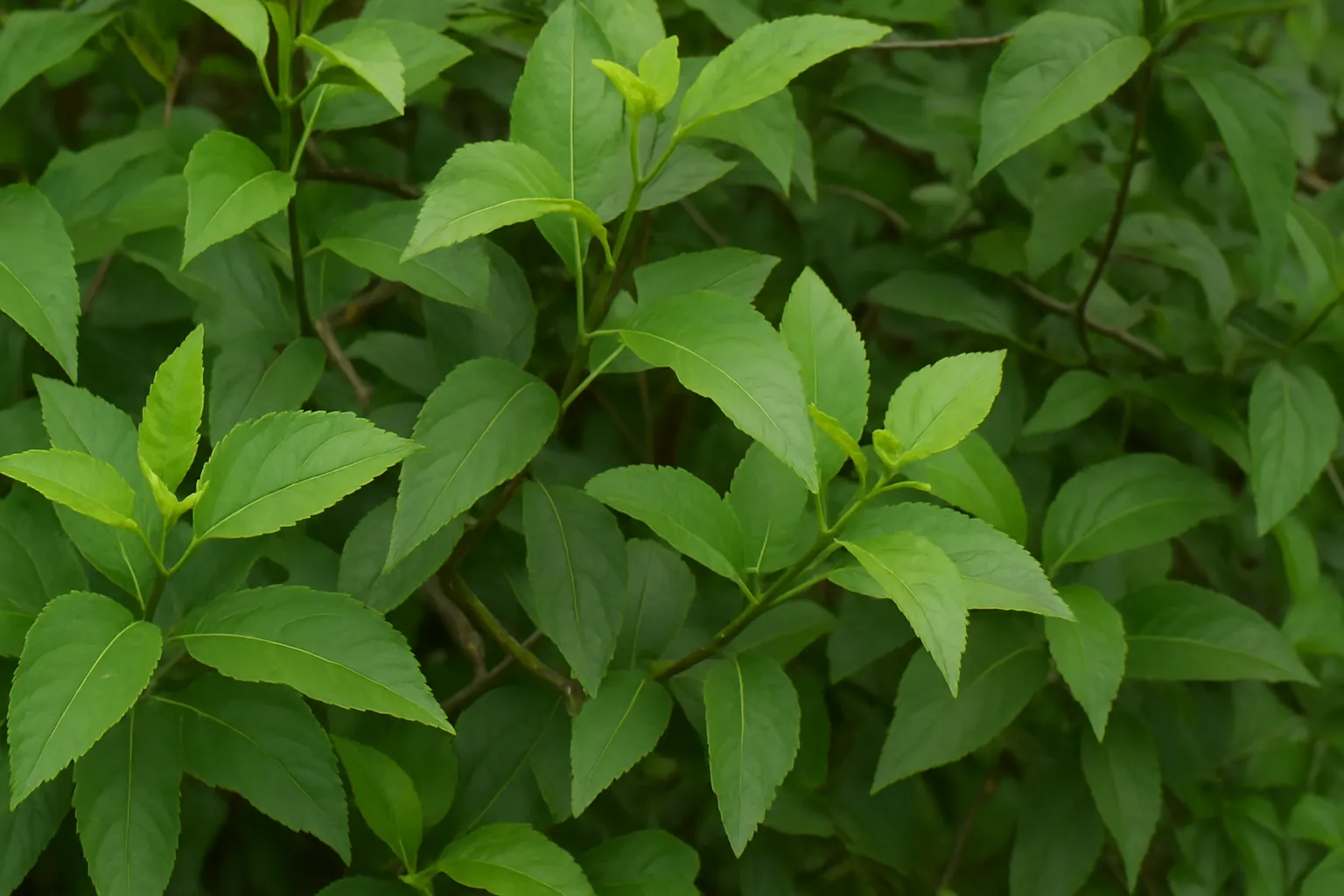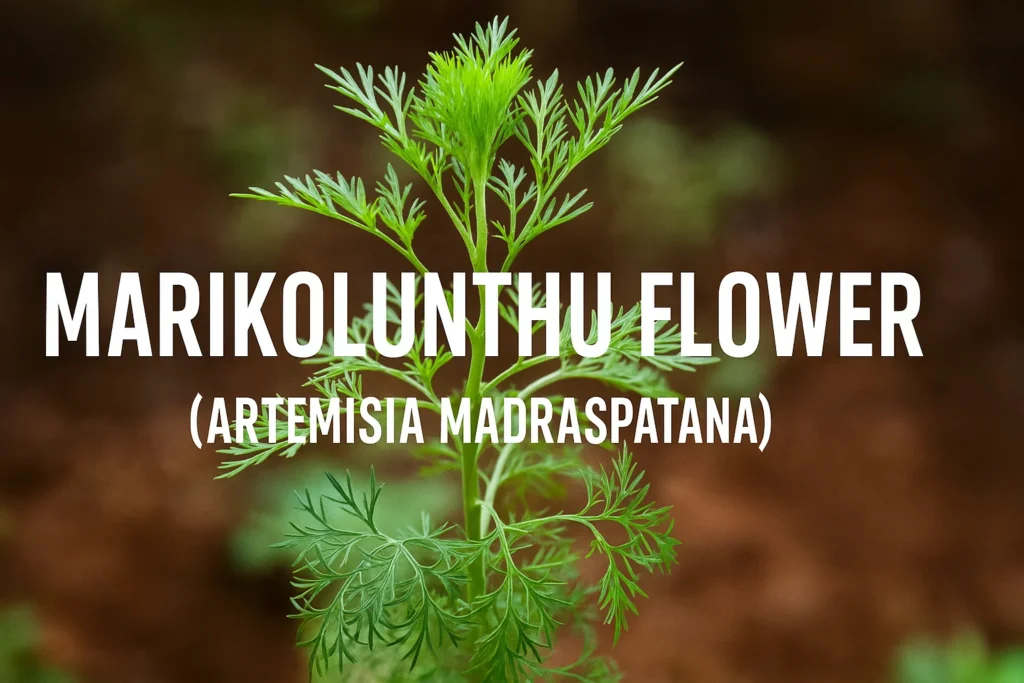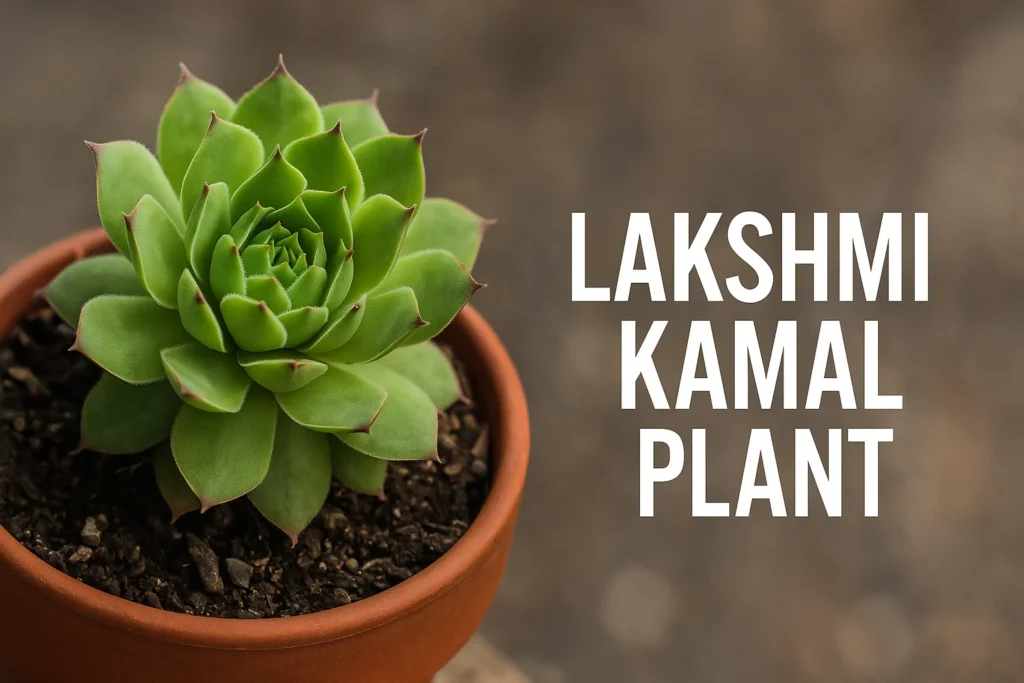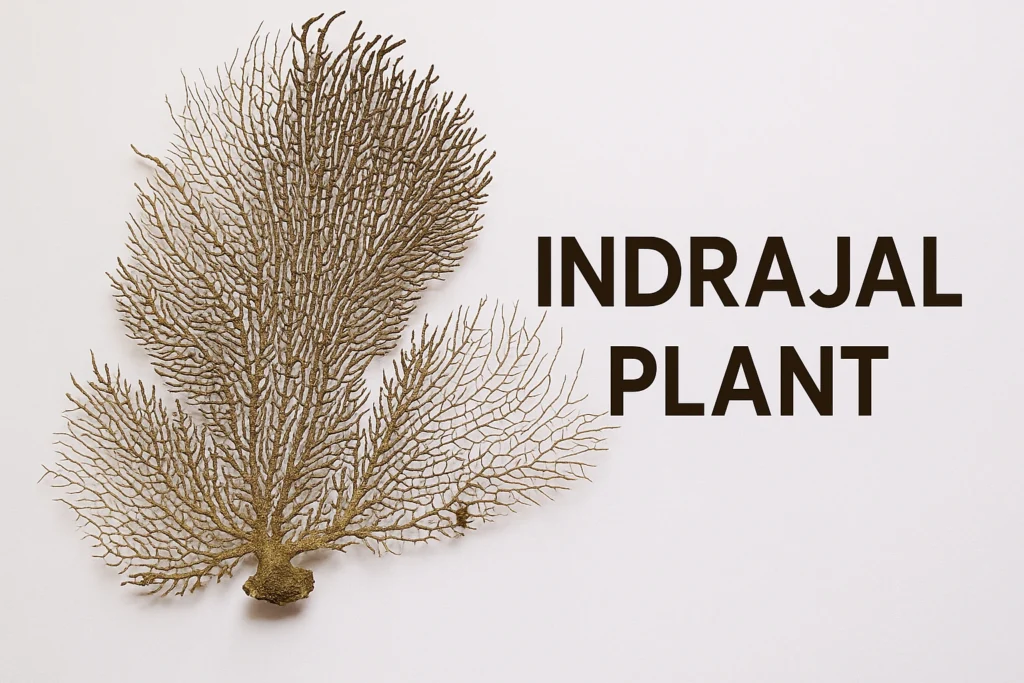When it comes to Ayurveda, we often hear about tulsi, ashwagandha, or triphala. But tucked away quietly in the dense green corners of India lies a lesser-known yet powerful gem — Agnimantha, a medicinal plant with centuries of healing history. Whether you’re a herbal enthusiast, someone seeking natural remedies, or just curious about Ayurveda, the agnimantha plant is definitely worth knowing. Let’s dive into the world of this ancient plant, exploring everything from its roots to its many benefits.
What is Agnimantha?
Let’s start with the basics. What exactly is Agnimantha, and why is it getting attention in Ayurvedic circles? Agnimantha, also known by its botanical name Premna serratifolia, is a deciduous shrub or small tree that belongs to the Verbenaceae family. It’s native to India and Sri Lanka and is commonly found in tropical regions, especially near riverbanks and forest edges.
The name “Agnimantha” in Sanskrit is quite poetic. “Agni” means fire, and “mantha” means churn symbolizing its power to ignite digestive fire and support inner balance. In Ayurveda, it’s one of the Dashamoola herbs (a group of ten roots) often used in decoctions for balancing Vata and Kapha doshas.
How to Identify the Agnimantha Tree?
Not every green shrub is Agnimantha, so learning how to identify it is important. The agnimantha tree usually grows up to 10–12 feet tall and has pale green bark with a rough texture. The leaves are ovate with serrated edges, which explains the species name serratifolia. When crushed, the leaves give off a faintly aromatic scent.
The flowers are small, greenish-white to yellow, and bloom in clusters. Fruits are small, fleshy, and black when ripe. Agnimantha often grows near moist soil, and its presence can be spotted around hilly terrains and rural habitats.
Its appearance may remind you of plants like the Bhallataka Plant, but their therapeutic uses and plant structure are different.
Agnimantha in Ayurveda: A Herbal Treasure
Ayurveda treasures Agnimantha for its deep-rooted healing potential. But what exactly makes it special? It is part of the Dashamoola, a group of ten medicinal roots that are frequently used in pain-relieving, anti-inflammatory, and detoxifying formulations. Traditional Ayurvedic texts classify agnimantha as having laghu (light) and ruksha (dry) properties, making it ideal for clearing blocked channels and improving energy flow.
In several classical Ayurvedic texts, Agnimantha is prescribed in Vata and Kapha disorders like sciatica, arthritis, asthma, and even urinary disorders. If you enjoy discovering hidden Ayurvedic gems like the Arka Plant, Agnimantha’s significance in ancient scripts will definitely fascinate you.
Agnimantha Benefits You Should Know

There’s more to this plant than meets the eye. Let’s look at the top agnimantha benefits that have made it a prized remedy in Ayurvedic medicine:
1. Boosts Digestive Fire
As its name suggests, Agnimantha is a powerful digestive stimulant. It improves metabolism and reduces issues like bloating and indigestion by kindling the “Agni” or digestive fire.
2. Supports Joint and Bone Health
It’s a known anti-inflammatory herb used to relieve joint stiffness and pain. People with arthritis or muscle fatigue often find relief from decoctions made with the root.
3. Improves Respiratory Health
Agnimantha has expectorant properties that make it beneficial for clearing mucus and easing breathing troubles — especially in Kapha-dominant disorders like coughs and bronchitis.
4. Detoxifies the Body
It supports natural detoxification and diuresis. Ayurvedic texts often recommend it for urinary tract issues and removing excess fluid from the body.
5. Promotes Skin Clarity
Its antimicrobial properties make it a go-to choice for natural skin care. Traditionally, the leaves were used in poultices to heal wounds and soothe inflammation.
In fact, for people exploring herbs like Saussurea Obvallata, the agnimantha plant offers another potent addition to their wellness toolkit.
Traditional Uses of Agnimantha Plant (Premna Serratifolia)
This herb isn’t just popular in ancient books — it’s been used in homes for generations. Let’s take a quick look at how people traditionally used Premna serratifolia:
- Root decoction: Boiled with water, the root is used to relieve fevers, especially in combination with other Dashamoola herbs.
- Leaf paste: Applied externally for swelling, skin rashes, or minor injuries.
- Steam inhalation: Used to clear sinuses and aid in respiratory relief.
- Oil preparations: Root-infused oils are used in Abhyanga (Ayurvedic massage) for musculoskeletal issues.
If you’ve explored rare herbs like Yakla Snow Lotus, Agnimantha’s versatility in both internal and external remedies will truly stand out.
Where to Find the Agnimantha Plant?
You won’t usually find Agnimantha in your average city nursery. It’s more common in Ayurvedic gardens, rural regions, and herbal plantations. However, due to growing interest in medicinal herbs, many online sellers and Ayurveda-based platforms now provide access to dried roots or powders of Premna serratifolia.
If you’re lucky to be hiking in the Western Ghats or Eastern coastal plains, keep an eye out for this modest but magical plant. You might also spot vibrant blooms like the Neelakurinji nearby, making your herbal adventure even more rewarding.
How to Use Agnimantha at Home
While traditional healers know exactly how to use this plant, it’s important for beginners to follow proper guidance. If you’re looking to incorporate agnimantha into your routine, here are a few safe and simple ideas:
- Dashamoola Kadha: Purchase a premixed Dashamoola powder and boil a spoonful in water. Take it under an Ayurvedic practitioner’s supervision.
- Topical Poultice: Crush the leaves into a paste and apply to joints or skin eruptions for mild pain relief.
- Steam Bath: Add agnimantha leaves to boiling water for a herbal steam session, especially useful during seasonal colds.
If you’re living in a modern home setup and worried about plant safety on balconies or gardens, consider protecting your green space with an Invisible Grille. It keeps plants safe from birds and children without ruining the view.
Premna Serratifolia Precautions and Considerations
Agnimantha is powerful, but like any herb, it must be used wisely. Some general precautions include:
- Avoid during pregnancy unless advised by a qualified practitioner.
- Do not self-medicate in high doses — always consult an Ayurvedic doctor.
- Those with chronic conditions like diabetes or kidney disorders should get personalized advice before use.
If you’re already experimenting with traditional herbs like marikolunthu, it’s best to introduce Agnimantha slowly and observe how your body responds.
Final Thoughts
The agnimantha plant, or Premna serratifolia, may not be a household name yet — but it holds incredible value in the Ayurvedic world. From lighting up your digestive fire to calming down inflamed joints, this humble tree offers a natural way to reconnect with holistic health. With a little curiosity and guidance, Agnimantha could become a trusted ally in your wellness journey. As modern life pulls us away from nature, plants like these remind us that healing often begins at the root.













